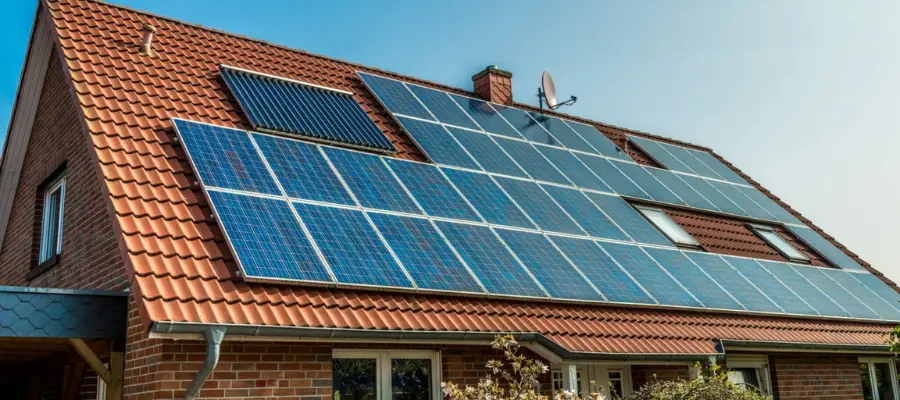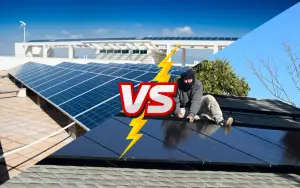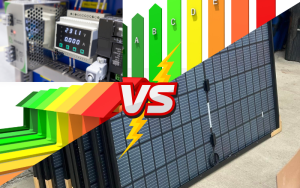INTRO
Switching to off-grid solar is a game-changing decision for anyone looking to gain energy independence, reduce electricity costs, or live sustainably. Whether you’re powering a remote cabin, a tiny home, or your primary residence, an off-grid solar system can provide reliable energy while freeing you from utility companies. This guide covers everything you need to know, from setup essentials to long-term maintenance.
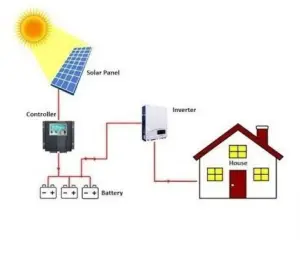 What Is Off-Grid Solar?
What Is Off-Grid Solar?
Off-grid solar systems are completely independent of the utility grid. Unlike grid-tied systems, which rely on a connection to local electricity providers, off-grid solar generates, stores, and delivers energy directly to your property. This is particularly useful for homes in remote areas or for those aiming to achieve complete energy autonomy.
Why Choose Off-Grid Solar?
- Freedom from Utility Providers: Off-grid systems let you bypass rising electricity rates and unpredictable outages.
- Perfect for Remote Locations: Ideal for places where connecting to the grid is costly or impractical.
- Eco-Friendly Living: Solar energy is renewable and reduces your carbon footprint significantly.
- FOR A OFF-GRID SOLAR INSTALLATION VISIT: https://solarpanelsnovamax.com/
Key Components of Off-Grid Solar Systems
Solar Panels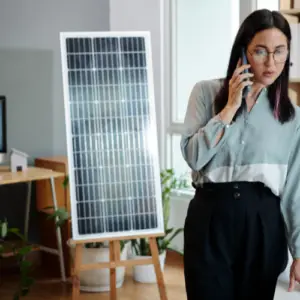
Solar panels are the backbone of your system. They convert sunlight into electricity, powering your home during the day and charging batteries for nighttime use.
Solar Batteries
Batteries store the excess energy produced during the day for use when the sun isn’t shining. Lithium-ion batteries are popular for their efficiency and long lifespan, though lead-acid options are more budget-friendly.
Charge Controllers
These devices regulate the flow of electricity from the solar panels to the batteries, preventing overcharging and damage.
Inverters
Inverters convert the direct current (DC) produced by solar panels into alternating current (AC), which is used by most household appliances.
How to Design Your Off-Grid System
Assess Your Energy Needs
Start by calculating your daily energy consumption. Make a list of the devices you’ll power and their energy requirements, including lights, appliances, and any heating or cooling systems.
- FOR A SOLAR SYSTEM DESIGN VISIT: https://solarpanelsnovamax.com/
Size Your System
Once you know your energy needs, determine the size of your solar array and battery bank. It’s wise to overestimate slightly to accommodate future energy demands.
DIY Off-Grid Solar Installation
For the handy homeowner, a DIY installation can save money and offer a sense of accomplishment. However, it requires technical knowledge, proper tools, and meticulous planning. Common mistakes include underestimating energy needs and improperly wiring components, which can lead to inefficiency or system failure.
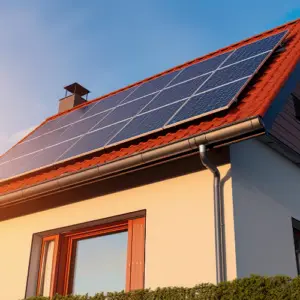 Hiring a Professional for Your Off-Grid Solar Setup
Hiring a Professional for Your Off-Grid Solar Setup
If you’re not confident in your ability to install the system, hiring a professional is a smart choice. Experts ensure proper installation and optimal performance, saving you time and potential headaches. Look for certified installers with experience in off-grid systems.
Maintenance and Troubleshooting
- Solar Panels: Clean them periodically to remove dirt and debris.
- Batteries: Monitor charge levels and check for signs of wear.
- Inverters and Controllers: Inspect for faults and update firmware when needed.
Cost of Going Off-Grid
While the upfront costs of off-grid solar systems can be significant, they often pay for themselves over time. Expect to spend between $10,000 and $30,000, depending on system size and components. Long-term savings come from eliminating electricity bills and reducing generator fuel costs.
DIY vs. Professional Services
- DIY Pros: Lower cost, hands-on learning experience.
- DIY Cons: Risk of errors, time-consuming.
- Professional Pros: Expertise, faster installation, warranties.
- Professional Cons: Higher upfront cost.
Testimonials
“Off-grid solar changed my life. I finally have reliable power for my cabin in the Rockies!” — James T., Denver, CO
“The team made the setup easy and stress-free. Highly recommend going off-grid!” — Lisa M., Phoenix, AZ
“I’ve saved so much on energy costs and love being independent from the grid.” — Sarah K., Austin, TX
Did You Know?
“Did you know that off-grid solar systems can reduce your carbon footprint by up to 80%, making them one of the most sustainable energy options available?”
TL;DR Summary
- Off-grid solar offers energy independence and sustainability.
- Key components include solar panels, batteries, inverters, and charge controllers.
- DIY installation is possible but hiring professionals ensures better results.
- Costs range from $10,000 to $30,000, with long-term
FAQs
Off-grid solar systems typically cost between $10,000 and $30,000, depending on size and components. However, they can save you thousands in energy bills over the years.
Yes, but it requires technical knowledge, proper tools, and careful planning. Hiring a professional ensures optimal performance and minimizes risks.
Lithium-ion batteries are the most efficient and long-lasting, but lead-acid batteries are a more affordable option for smaller systems.
Most solar panels have a lifespan of 25-30 years, with warranties covering significant portions of that time. Regular maintenance helps extend their efficiency.
While possible, off-grid solar is more commonly used in remote or rural areas where grid access is unavailable or unreliable.
